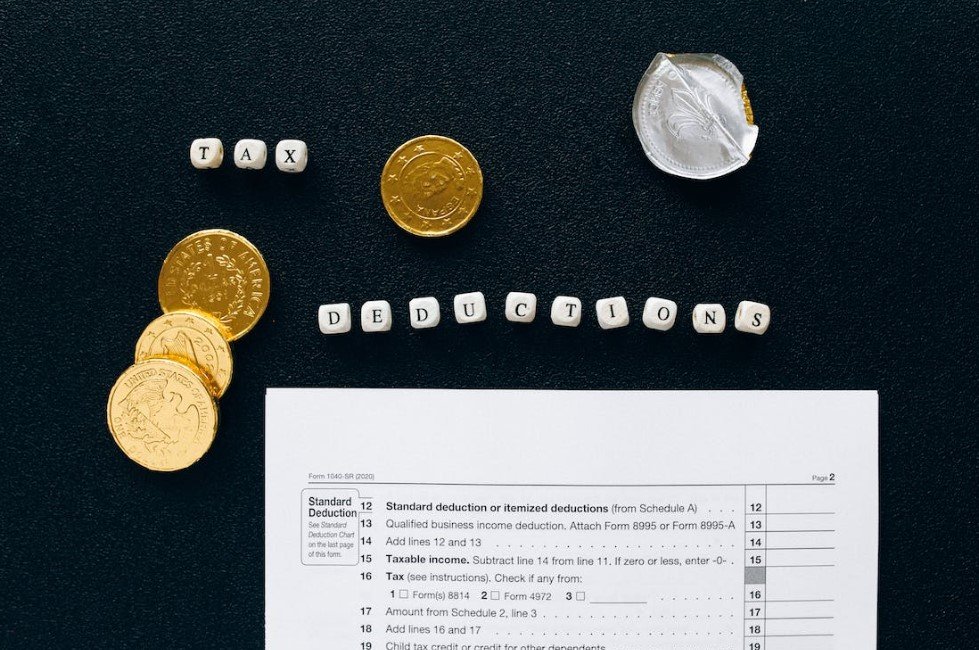Most of us interact with money on a daily basis, but have you ever wondered just how much money exists in the world? In this blog post, we will investigate into the fascinating world of global currency and explore the mind-boggling numbers that represent the total amount of money circulating on our planet. Get ready to uncover the staggering figures that dictate the financial landscape we navigate every day.
Key Takeaways:
- The total amount of money in the world is difficult to determine: Due to various forms of currency, digital money, and different measures of money supply, it is challenging to accurately quantify the total amount of money in the world.
- M1 and M2 measures reflect different levels of money supply: M1 includes physical currency and demand deposits, while M2 adds savings deposits and other time deposits to M1. Each measure provides a different perspective on the money supply.
- Most money exists as digital currency: Physical currency makes up only a small fraction of the total money supply, with the majority being in the form of digital money held in bank accounts and other financial instruments.
- The money supply can impact inflation and economic stability: An increase in the money supply can lead to inflation if the supply outpaces economic growth. Central banks monitor and adjust the money supply to ensure price stability and economic growth.
- Global wealth is not evenly distributed: Despite the vast amount of money in the world, wealth is concentrated in the hands of a small percentage of the population. Economic inequality is a significant issue that affects many countries.
Understanding the Global Money Supply
A crucial aspect of understanding the global money supply is grasping the different types of money that circulate in the world. These various forms of money play important roles in the economy and financial systems of countries worldwide.
Types of Money in Circulation
Here is a breakdown of the different types of money in circulation:
- Physical cash: Coins and banknotes that you can hold in your hand.
- Central bank reserves: Money held by commercial banks in accounts at the central bank.
- Checking account deposits: Money that you can access through checks, debit cards, or online transfers.
- Savings account deposits: Money held in savings accounts that usually earn interest.
- Money market funds: Investments that involve highly liquid and low-risk securities.
Any combination of these forms of money contributes to the total money supply within an economy.
Factors Influencing the Money Supply
The central bank’s monetary policy and individual/business borrowing greatly influence the money supply. Policymakers consider these factors to regulate the money supply effectively. Understanding these interactions within the economic context is crucial. Money is essential for the economy, and understanding its mechanisms is vital. Stay informed about the factors influencing the money supply for better financial decisions.

Measuring the World’s Wealth
It is a complex and challenging task to measure the world’s wealth accurately. Various factors such as assets, liabilities, income, and debt all play a role in determining the wealth of individuals, countries, and the world as a whole.
Estimating Global Wealth Distribution
Wealth distribution refers to how the world’s wealth is divided among its population. Estimates suggest that the wealthiest 1% of the global population owns nearly half of the world’s wealth, while the bottom 50% owns less than 1% of global wealth. Disparities in wealth distribution have significant social and economic implications, influencing factors such as poverty levels, access to education and healthcare, and overall quality of life.
Tracking Money Flows Across Borders
Across borders, money flows in various forms such as foreign direct investment, remittances, and trade. Understanding and tracking these money flows is crucial for governments, businesses, and policymakers to make informed decisions about economic policies, investments, and international relations.
Wealth invested or transferred across borders can have both positive and negative impacts on economies. On one hand, foreign investment can stimulate economic growth and create jobs. On the other hand, illicit financial flows, such as money laundering and tax evasion, can undermine economic stability and hinder sustainable development efforts.
Impact of Money on Global Economics
Role of Money in Economic Stability
The role of money in economic stability cannot be understated. Your country’s currency and its value play a crucial part in determining the overall economic health. A stable currency leads to price stability, which in turn fosters economic growth and investment. Your government’s ability to manage the money supply effectively can help mitigate inflation and recessionary pressures.
Effects of Money Supply on Exchange Rates
Any fluctuations in the money supply can have significant effects on exchange rates. When your country prints more money, it can lead to inflation, causing your currency to depreciate relative to others. This can impact your ability to trade internationally and can affect the cost of imported goods. On the other hand, if your country reduces the money supply too drastically, it can lead to deflation and hurt your export competitiveness.
A stable money supply is crucial for maintaining favorable exchange rates and supporting a healthy economy. Central banks play a critical role in managing the money supply to ensure stability and promote economic growth. By carefully monitoring and adjusting the money supply, your country can influence exchange rates and maintain a competitive position in the global market.
Conclusion
The amount of money in the world is difficult to pin down precisely, as it involves various forms of currency, debts, and financial instruments. However, you have now gained an insight into the estimated figures and how money circulates globally through different channels. Understanding the concept of money supply and its impact on the economy can give you a clearer perspective on how financial systems work on a global scale.
While the actual physical amount of money in the world may seem staggering, keep in mind that money serves as a medium of exchange and a store of value. It is important for conducting transactions and facilitating economic activity. By grasping the basics of the monetary system, you are better equipped to navigate the complex world of finance and make informed decisions regarding your own wealth management.
FAQ
Q: How much money is in the world?
A: It is difficult to determine an exact amount, but estimates suggest that the total amount of money in the world is around $80 trillion. This includes physical currency like coins and banknotes, as well as digital money held in bank accounts and other financial assets.
Q: What factors influence the amount of money in the world?
A: The amount of money in the world is influenced by various factors such as economic growth, government policies, central bank decisions, and the overall stability of the global financial system. Changes in these factors can lead to fluctuations in the total amount of money in circulation.
Q: Is all money created equal?
A: Not all money is created equal. Different types of money have different levels of liquidity and value. For example, physical cash is generally more liquid than digital money held in investments. Additionally, the value of a unit of currency can fluctuate based on factors like inflation, interest rates, and geopolitical events.
Q: How is the total amount of money in the world calculated?
A: The total amount of money in the world is calculated by adding up the value of all physical currency in circulation, the money held in bank accounts and other financial institutions, and other forms of wealth such as stocks, bonds, and other financial assets. Economists and financial analysts use various methods to estimate this total amount.
Q: Why is it important to understand the total amount of money in the world?
A: Understanding the total amount of money in the world is important for policymakers, economists, and investors to make informed decisions about monetary policy, financial markets, and global economic trends. It can also provide insights into income distribution, wealth inequality, and the overall health of the global economy.















